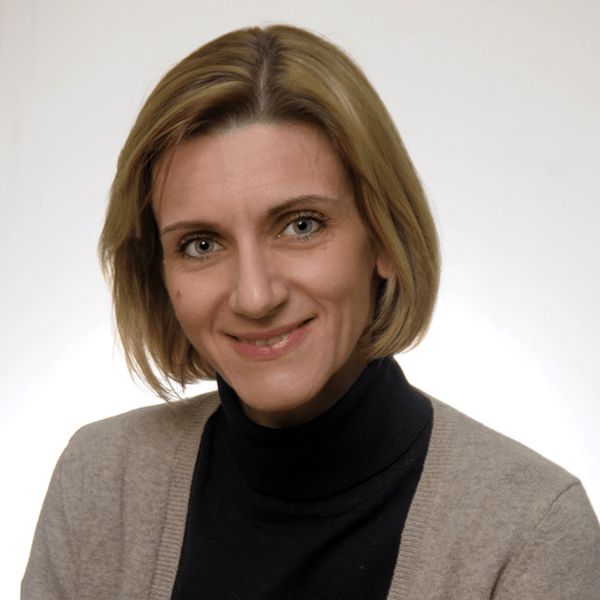
Tatjana Popovic, M.Sc. in Mechanical Engineering, graduated from Faculty of Mechanical Engineering, department for Production Engineering, Belgrade University.
Her final examination was on Rapid Prototyping (1997). From then, she worked in Hemofarm, Vršac in the Maintenance Department, and as a designer in the Design And Manufacture Department. She was responsible for for the creation of parts and assembly 3D models and drawings, design of new tools and systems for packing in pharmaceutical industry, redesign of existing components in order to adapt or improve performance, preparation for CNC machining (programming, preparation of cutting tools and fixtures, working out of procedure, cutting parameters), 3D print of prototypes and functional plastic parts (using SLS, FDM and stereolithography).
She is currently working on Ph.D. degree at the Faculty of Mechanical Engineering in Belgrade in the field of Artificial Intelligence and prediction of intelligent behavior of mobile vehicle based on AI.
Nora Toure: Tatjana, could you let us know about your background and your journey to Additive Manufacturing?
Tatjana Popovic: My first knowledge about new technics for building parts was when I was still student on Faculty of Mechanical Engineering. When it was time to choose topic for my final exam, my mentor suggested me to write about methods and technics for rapid prototyping or additive manufacturing.
It was almost 25 years ago and I had only some books, pictures and very deficient information from the Internet, no printers or printed parts to see and touch. One sentence I read then remained in my mind as main moto: building any shape from any material. Of course, it isn’t entirely like that (hopefully one day it will be), but opportunity to bring design and materialization of it so close to each other is really exciting.
Nora Toure: You have worked with additive manufacturing since 1997. What made you stay in this industry for so long?
Tatjana Popovic: I have been active user of 3D printing only for last 4-5 years. For a long time it was more like SF to me. As mechanical engineer I am participating in design and manufacturing of many mechanical parts different in sizes, shapes and materials. My colleges and I have demonstrated many advantages of CNC machining and enjoyed in possibility to produce more or less complex parts fast, with proper dimensions, tolerances and quality. At one point we found ourselves in the situation where it wasn’t enough: some parts are too complex or impossible to be made on CNC machines or too expensive and time consuming to be injection molded.
That is where 3D printing is taking its part for example for replacing parts that are originally injection molded. Additive manufacturing has important role in completing the whole production circle: design-technology-manufacture-test and implementation of parts in real production environment. As the cost of 3D printers has declined and accessibility increased it is possible to have both conventional and additive technologies under one roof.
Read the Rest at Women in 3D Printing
